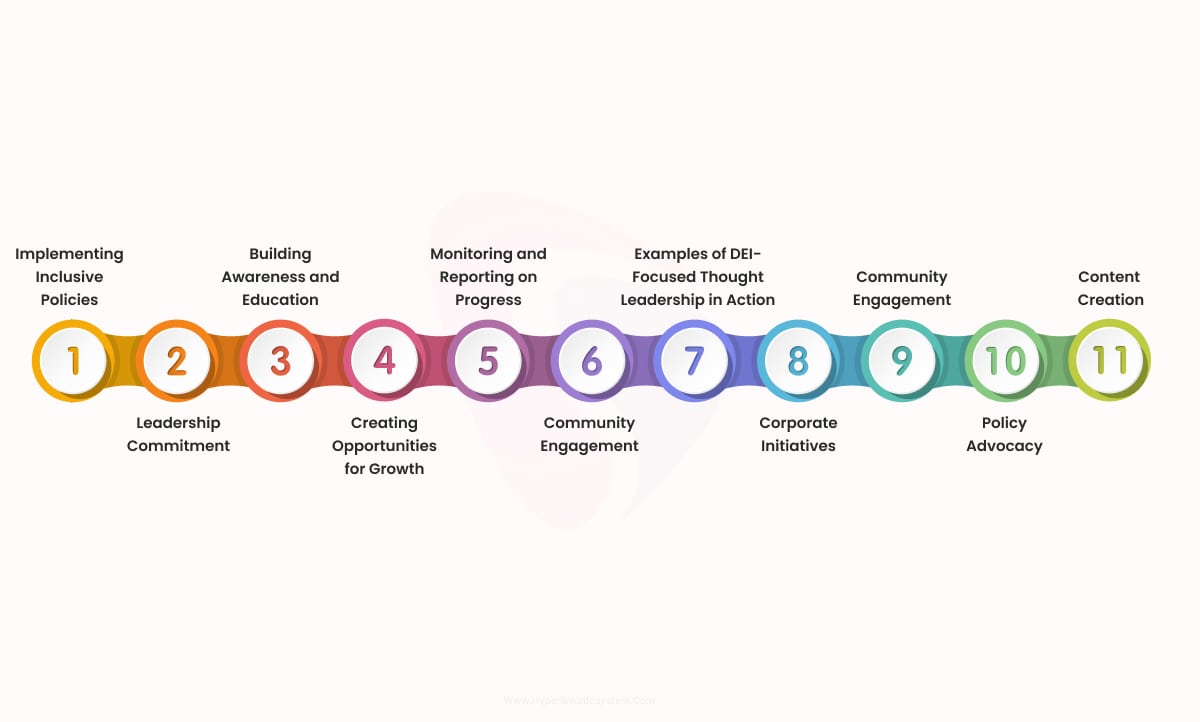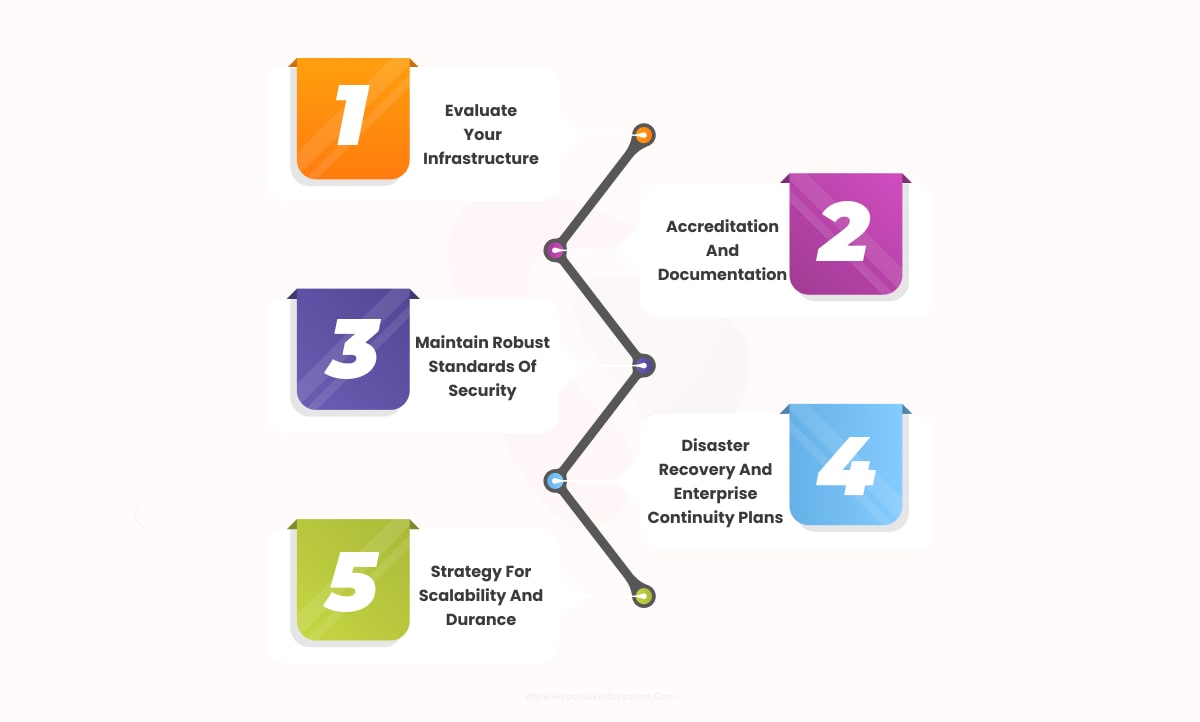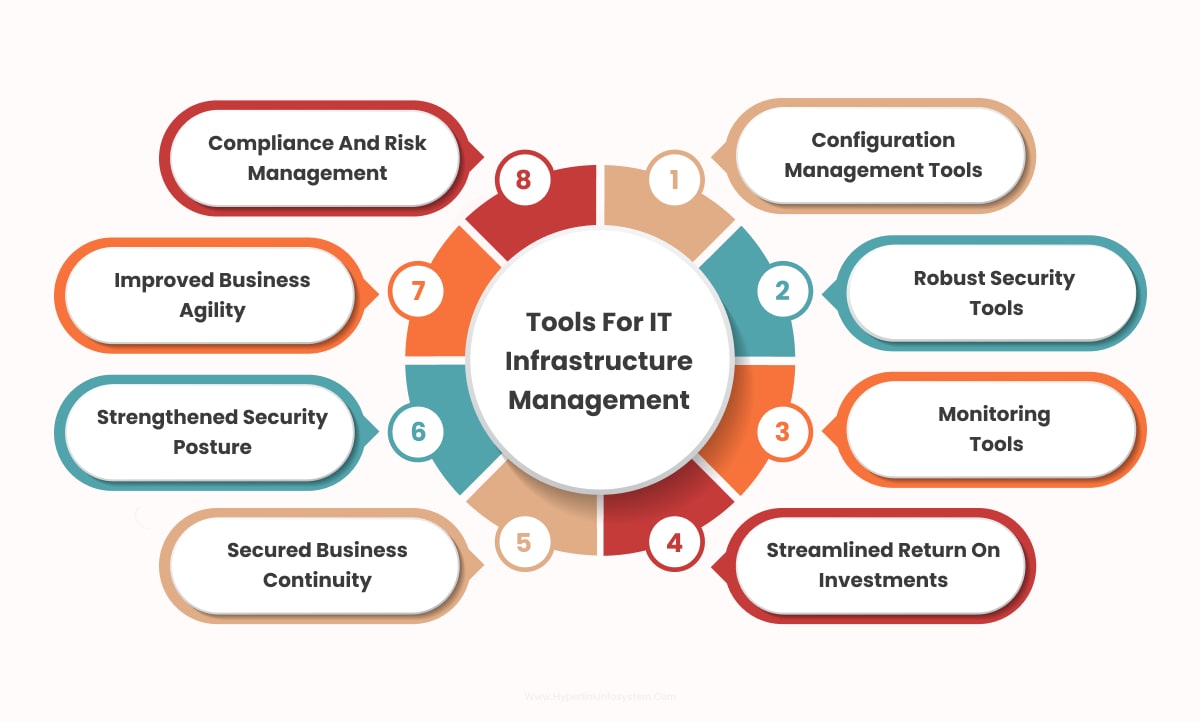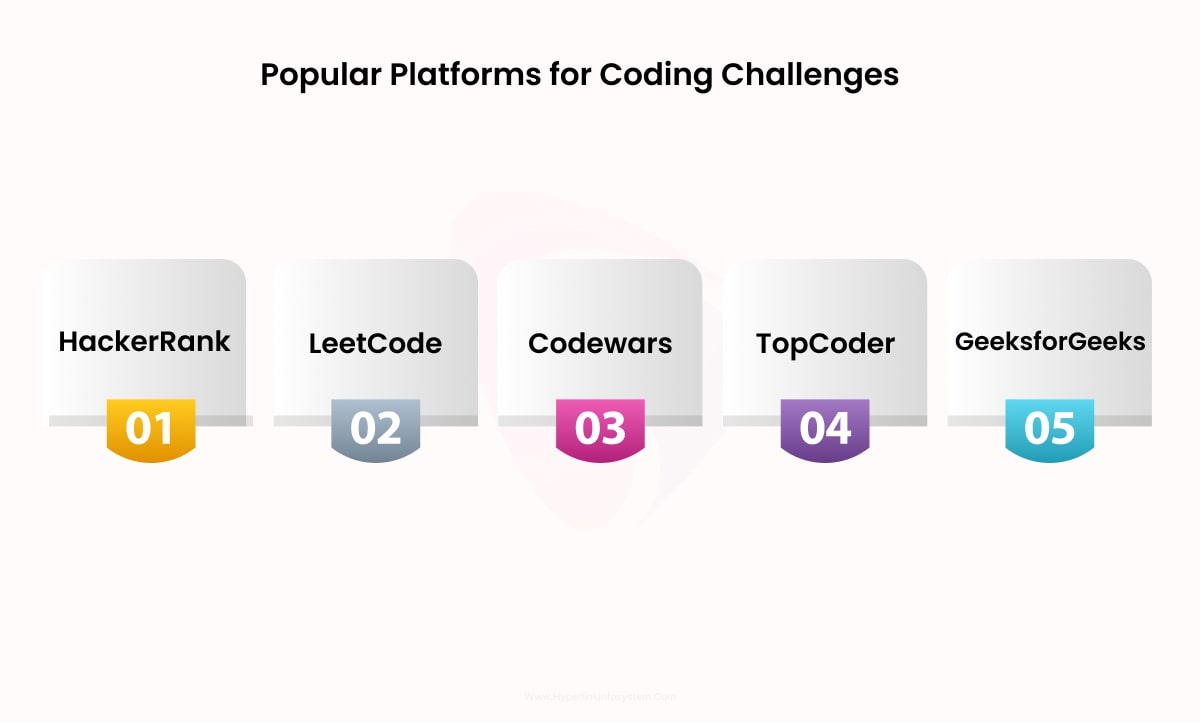React Native New Architecture Decoded
Sep 2024

What are your go-to apps on your mobile device? Let me guess, WhatsApp, Instagram, or Facebook? Do you know that all these apps are built using React Native? It is the most popular and most used mobile app development technology across the world. Apps built using React Native provide high performance, robust features, and scalability.
As React Native has launched a new architecture, let's explore the depth of this new architecture, but before that, let us go through the current architecture and its limitations.
The Current React Native Architecture
The current React Native architecture is used for developing cross-platform mobile apps. The current architecture is based on 3 major pinpoints:
The first one is JavaScript Thread. It is a core solid element for React- Native applications, serving as the backbone for any app. JavaScriptCore runs this code whenever users launch the app, as it was bundled during the production stage. One drawback is that this thread is only bound to the JavaScriptCore, which limits the flexibility of using high-performance JavaScript engines.
The Native Thread is the second one. This is where the native code is executed. All the native modules are in this part so if the user wants to use them, they'll always be bundled. The native thread handles all the user interfaces and makes sure to keep seamless communication with the JS thread.
The Shadow Thread is responsible for handling layout calculations using Facebook's layout engine, Yoga. As per device dimensions and the app's user interfaces, it transforms the Flexbox layouts and prepares them for rendering. It is the main element when it comes to providing smoother UI rendering and improved performance.
Read Also: How to Hire React Native Developers?
Limitations of Current React Native Architecture
This current architecture causes problems sometimes, especially in iOS devices, because React Native bridges JS code to native code. There are some problems like:
- Bridging the JavaScript code to native code creates problems for low-level platform features.
- Versions of both the native side and the JavaScript side need to be matched. Otherwise, it will create compatibility issues.
- For the tasks that need frequent communication, there is a performance overhead in bridging both sides.
- Lack of synchronous communication between both modules.
- When one UI component needs updating, it often updates the entire view, which increases the load on the app.
- To pass the data between both layers, it has to be converted in JSON format. This creates unnecessary overhead.
What Is the New Architecture in React Native?

To overcome these challenges and launch some new features, a new React Native architecture has been introduced.
- Fabric:
Fabric provides better synchronization between both threads, so as a result, it improves the UI rendering process. It is a new rendering system that is more efficient than the current architecture. Now, developers will have a choice to update UI elements without rendering the whole view. With such features, fabric improves overall performance.
- TurboModules:
Turbomodules provide more flexible and faster native module integration. It is a replacement for the old module system. It improves interaction between both modules without unnecessary module loading. TurboModules make sure that modules are only loaded when they are needed. It reduces the startup time.
- Codegen:
Codegen automatically generates the code needed to bridge the gap between JavaScript and Native languages. It reduces the manual effort of developers to write code for native bindings. It assures more safety and consistency.
- JSI (JavaScript Interface):
It is the replacement of the older "bridge" mechanism. It is a lower-level interface that changes the way JavaScript interacts with native modules. Without serialization, data passing is more efficient. It also supports various JavaScript engines.
Overall, by reducing the overhead, the new React native architecture makes applications more responsive and quick. React Native developers can build more scalable applications now with features like lazy loading, Codegen, and JSI.
Listen Podcast: Flutter vs React Native
Advantages of the New React Native Architecture

Here are the main benefits of the new architecture:
- Better Performance
The new React native architecture provides faster and more efficient communication between both modules with the new Javascript Interface (JSI). It reduces the overhead caused by serializing and deserializing the data.
- Synchronization
More synchronization with the new React Native architecture as it improvises real-time interactions, animations, and gestures.
- Faster UI Updates
The new architecture in React Native has introduced "Fabric" for selective rendering. Fabric only updates the necessary UI components without rendering the whole interface, ensuring faster UI updates. Hire front-end developers for faster UI changes.
- Lazy Loading of Native Modules
With the help of "TurboModules", startup times can be reduced. Native modules will be loaded as per the requirements only so that apps can perform better.
- Type Safety
With Codegen, it ensures type safety for bridging the JavaScript and native code. As it generates the bridging code by itself, it prevents common bugs and errors developers generate. This ensures more stable and reliable code.
- More Flexibility
The new architecture supports different JavaScript engines like Hermes, V8, or Chakra depending on the need for React app development. This provides better performance for low-end devices, increasing flexibility.
- Enhanced Developer Experience
The new architecture provides improved tools for debugging to resolve performance issues and to identify any bottlenecks between JavaScript and native code. Concurrent mode enables smoother and more responsive UIs.
- Scalability
With improvements in lazy loading, effective communication, and better synchronization, React Native Development now ensures scalability with its new architecture. Concurrent rendering also allows for better options to scale the apps. Hire top React native development company to scale your React Native app.
Overall, for both React native developers and app users, the new architecture manages to bring many advantages.
How to Migrate React Native Applications to its New Architecture?

Migrating React-Native applications from the old architecture to the new architecture involves several steps. Hire React Native app developers to migrate and follow the below-mentioned steps:
- Check the Prerequisites
Before migrating, check that your app's current React Native version if it supports the new architecture or not. Version 0.68 and above supports the new React Native architecture. Also, update all your dependencies to maintain compatibility. It is advisable to use the Hermes engine, as it is the most optimized engine for React Native.
- Enable the New Architecture
Manually enable the New React Native Architecture.
=> Use the React Gradle plugin for Android:
Open the `android/gradle.properties` file and add this line:
newArchEnabled=true
=> Use Ruby for iOS:
Open the `ios/Podfile` and add this:
use_react_native!(
:path => config[:reactNativePath],
:fabric_enabled => true)
- Use Hermes Engine (Recommended)
To enable it:
=> Use the React Gradle plugin for Android: :
Open `android/app/build.gradle` and set:
enableHermes: true
=> Use Ruby for iOS:
In your `Podfile`, enable Hermes:
:hermes_enabled => true
After that, install the necessary dependencies:
cd ios
pod install
cd ..
- Adapt Native Modules to TurboModules
If your app uses native code (modules written in Java or Swift), you’ll need to update them to work with TurboModules. This ensures that native features load only when needed, speeding up the app.
Write an interface file (in JavaScript) for each native module.
Use a tool called Codegen to generate the connection between JavaScript and the native code.
- Test the New Architecture
Once you've enabled the new architecture:
Run your app and look for any performance improvements or issues.
Test thoroughly to ensure that all features are working properly.
- Fix Issues and Debug
If you encounter issues:
Use tools like Flipper to help with debugging.
Make sure all third-party libraries you use are compatible with the new architecture.
- Rollout Gradually
If you have a large user base, consider testing the new architecture with a smaller group of users first to ensure stability.
Conclusion
Hire mobile app development company to migrate your React Native app. With the new React Native architecture, applications are faster and more scalable. It is advisable to go for cross-platform app development as you can target a wider audience base and cover the market.
The new architecture in React Native is great since it ensures that how complex interactions will be handled will be much easier, UI updates will now be smoother, apps will load faster and their overall performance will also improve. In addition to that, with this new design-in-sight, companies stand to gain from some of the most recent happenings in React Native, like Fabric and TurboModules which allow for smoother app operations as well as handling more intensive workloads.
This migration is necessary for apps to remain competitive in today’s fast-paced mobile market. However, it can prove challenging for teams without a team of specialized professionals in mobile app development, especially as the process needs deep technical knowledge, particularly when dealing with native modules and third-party libraries.
An important thing when moving to new platforms is partnering up with a proficient React Native application development company that will ease this process. Such firms possess the knowledge and expertise to properly deal with the challenges of enabling new architecture including configuring TurboModules to ensure total optimization of native modules. Hire dedicated developers who can help greatly reduce the period it takes for one to migrate their software, avoid common bugs, and ensure that everything fits in existing code perfectly. Hire app developers so that businesses can avoid spending time and energy on programming while they save more resources for what matters.
To be well-positioned for long-term success, you must select a leading React Native app development company in addition to ensuring an easy handover. These companies offer a way for continued support, which keeps your app updated as React Native evolves. They also may recommend updates or new features that will improve the functionality and user experience of your app. This means that whatever your goal may be, which can be to increase the speed of the app, make it more scalable or simply use cutting-edge technologies, working with the appropriate development team is key in realizing a smooth transition from one point to another. Instead of relying on luck when dealing with prospects for your application, work with professionals who are proficient in migrating applications to New Architecture so that they can achieve their full potential.
Frequently Asked Questions
Here are some of the main advantages of the new React Native architecture:
- Better Performance
- Synchronization
- Faster Startup Time
- Lazy loading
- Scalability
- More Flexibility
- Enhanced Developer Experience
Fabric, TurboModules, CodeGen, and JavaScript Interface (JSI).
Yes, by following the proper steps and standards, you can migrate the application to the new React Native architecture.
Latest Blogs

Is BlockChain Technology Worth The H ...
Unfolds The Revolutionary & Versatility Of Blockchain Technology ...


IoT Technology - A Future In Making ...
Everything You Need To Know About IoT Technology ...

Feel Free to Contact Us!
We would be happy to hear from you, please fill in the form below or mail us your requirements on info@hyperlinkinfosystem.com
Hyperlink InfoSystem Bring Transformation For Global Businesses
Starting from listening to your business problems to delivering accurate solutions; we make sure to follow industry-specific standards and combine them with our technical knowledge, development expertise, and extensive research.
4500+
Apps Developed
1200+
Developers
2200+
Websites Designed
140+
Games Developed
120+
AI & IoT Solutions
2700+
Happy Clients
120+
Salesforce Solutions

40+
Data Science


















